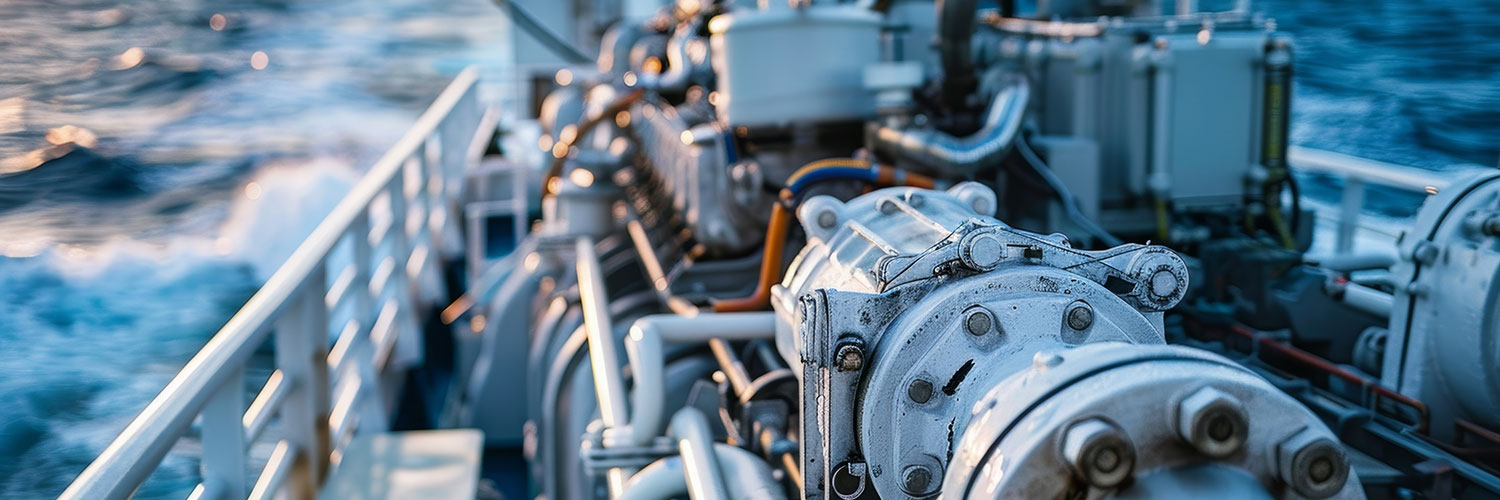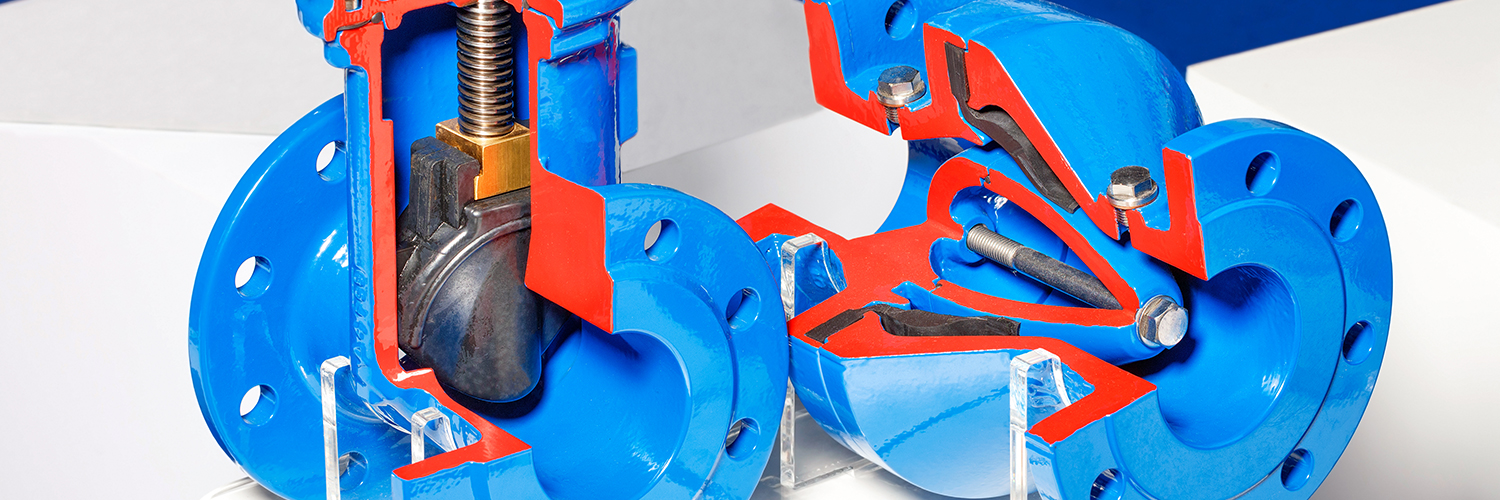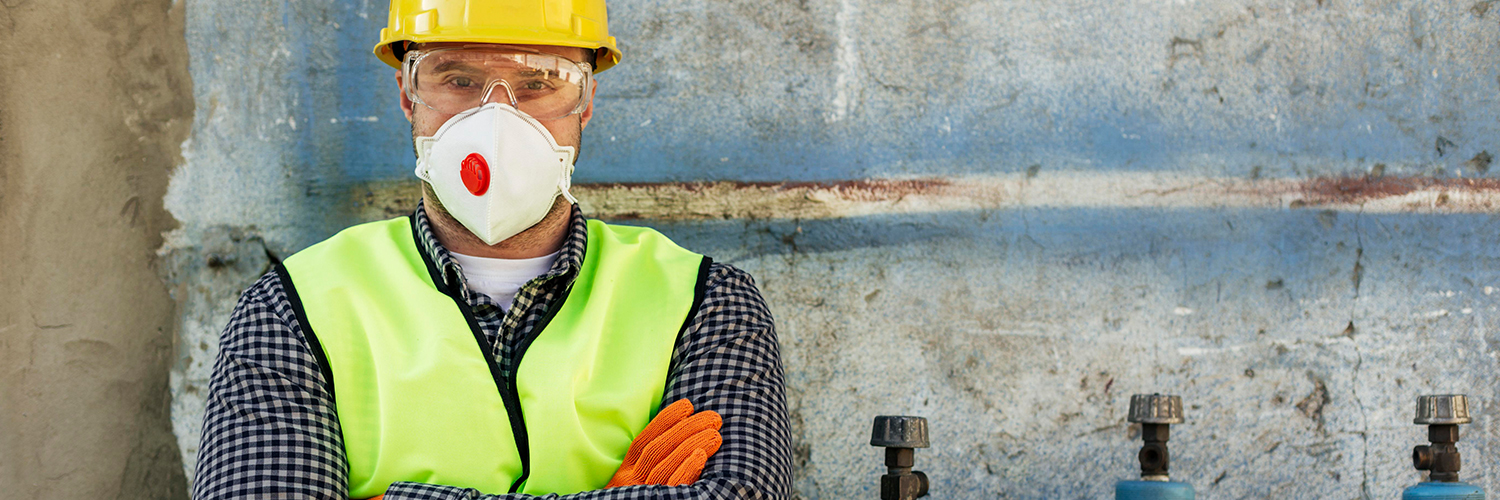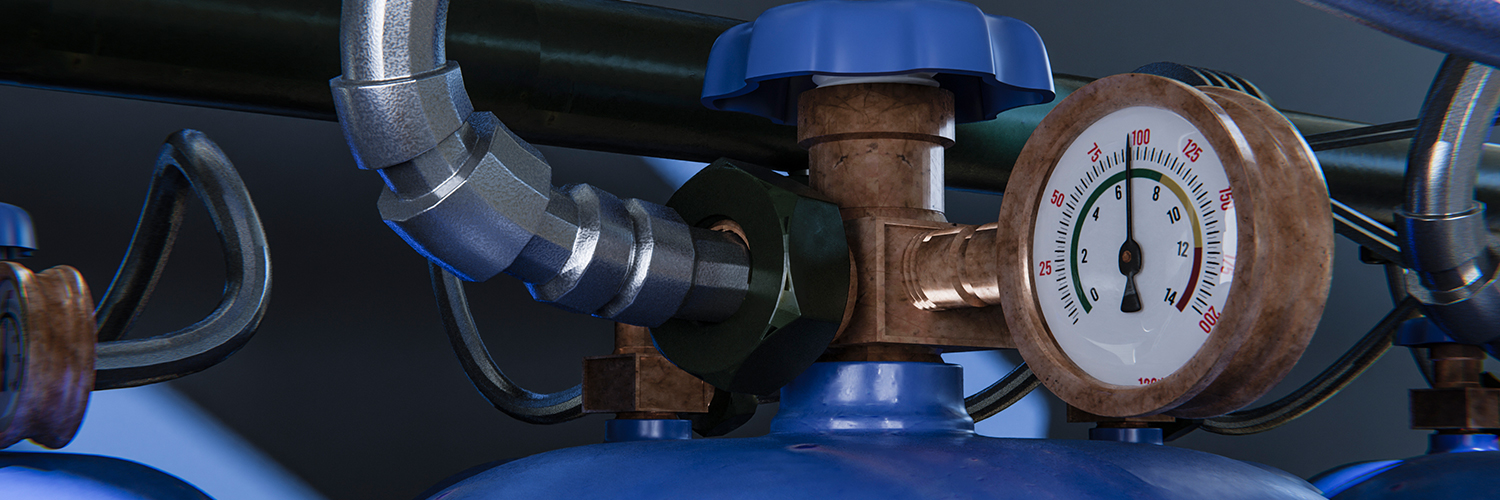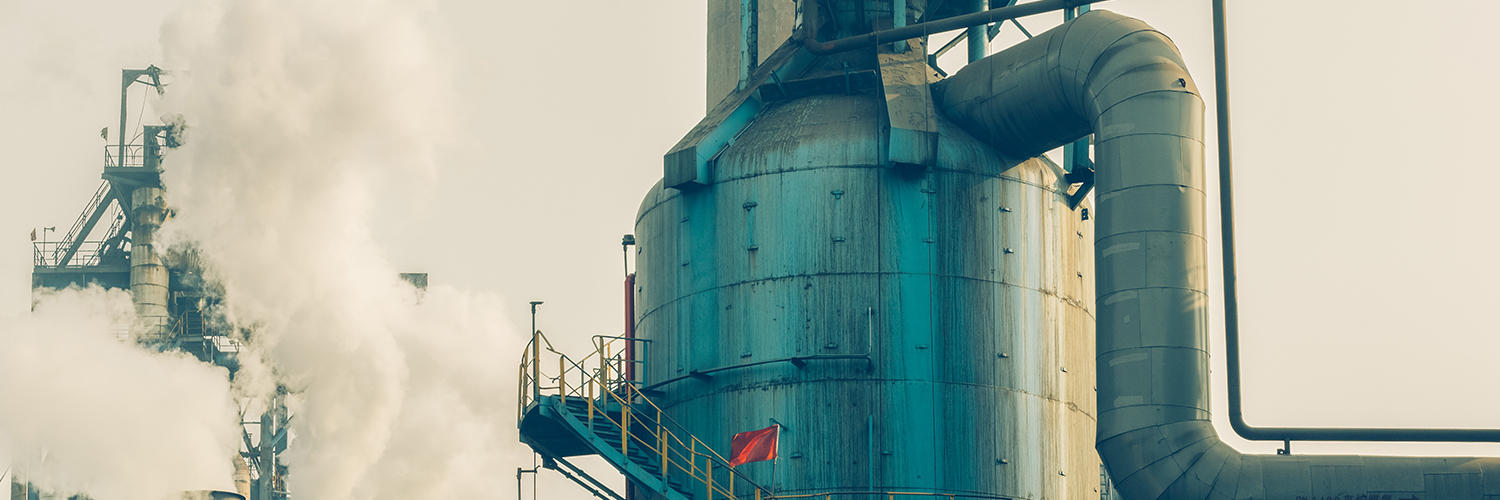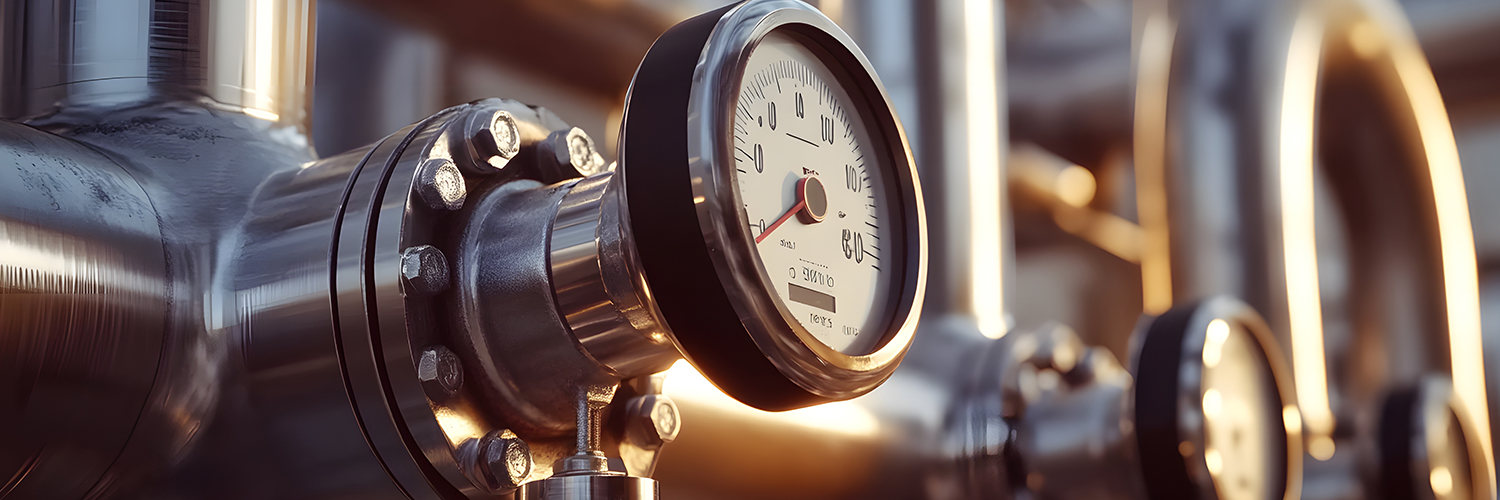Choosing the Right Check Valve to Prevent Reverse Flow
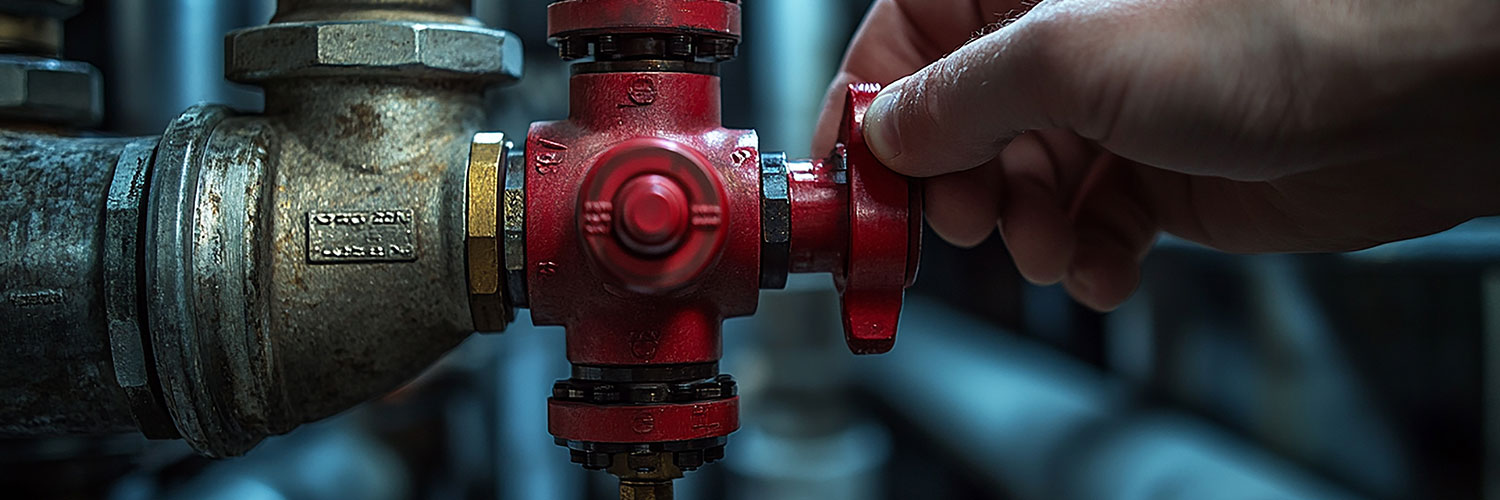
In the vast world of fluid control systems, ensuring the proper direction of flow is essential. Whether in a petrochemical plant, a water treatment facility, or a power station, one

